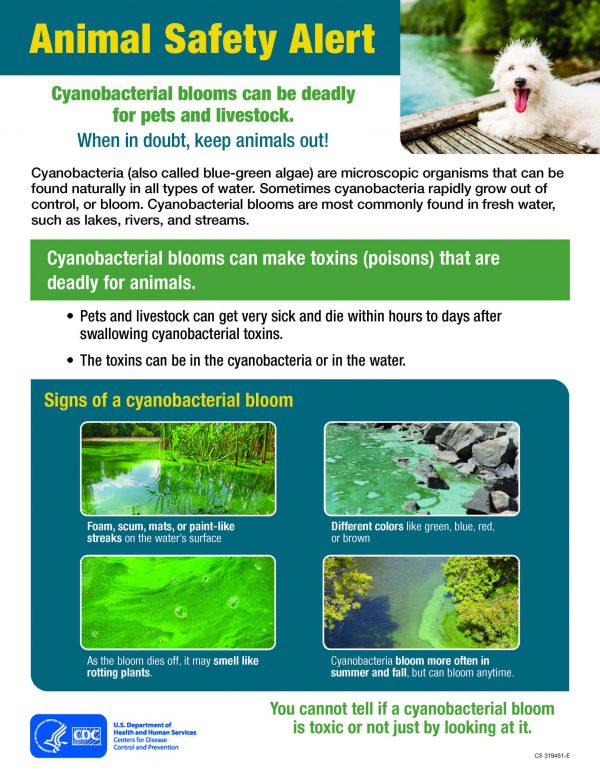Cyanobacterial Blooms: Information for Animal Owners
Cyanobacterial blooms can be deadly for pets and livestock. When in doubt, keep animals out!
Cyanobacteria (also called blue-green algae) are microscopic organisms that can be found naturally in all types of water. Sometimes cyanobacteria rapidly grow out of control, or bloom. Cyanobacterial blooms are most commonly found in fresh water, such as lakes, rivers, and streams.
Cyanobacterial blooms can make toxins (poisons) that are deadly for animals.
- Pets and livestock can get very sick and die within hours to days after swallowing cyanobacterial toxins.
- The toxins can be in the cyanobacteria or in the water.
Signs of a cyanobacterial bloom
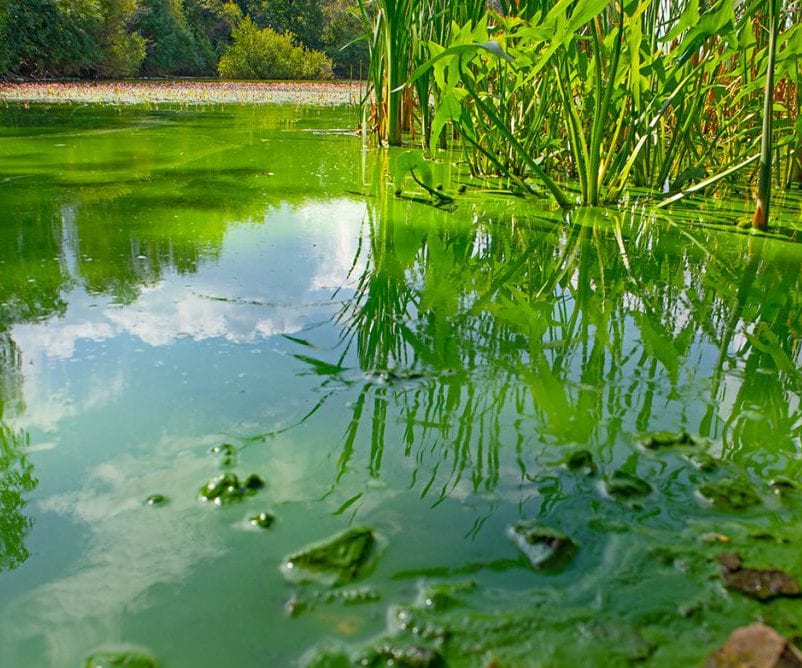
Foam, scum, mats, or paint-like streaks on the water’s surface
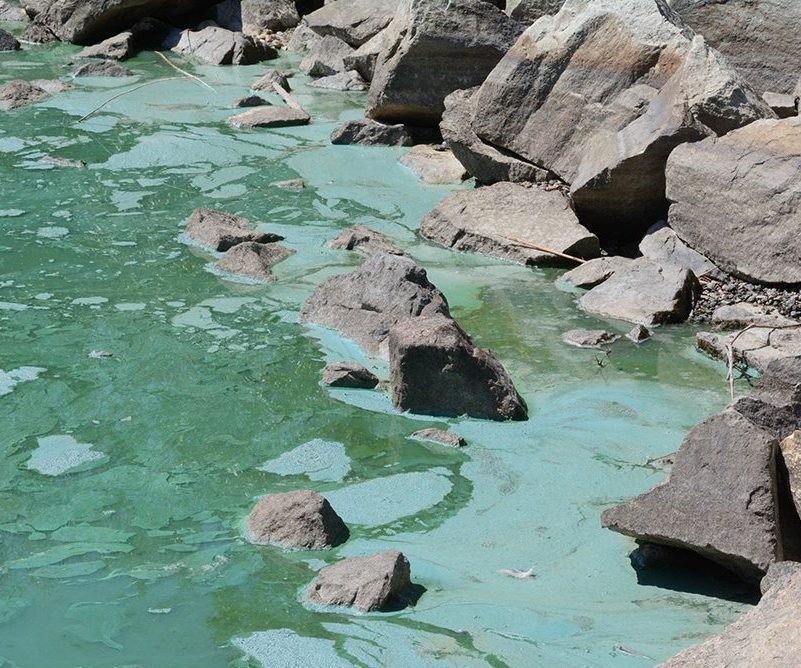
Different colors like green, blue, red, or brown
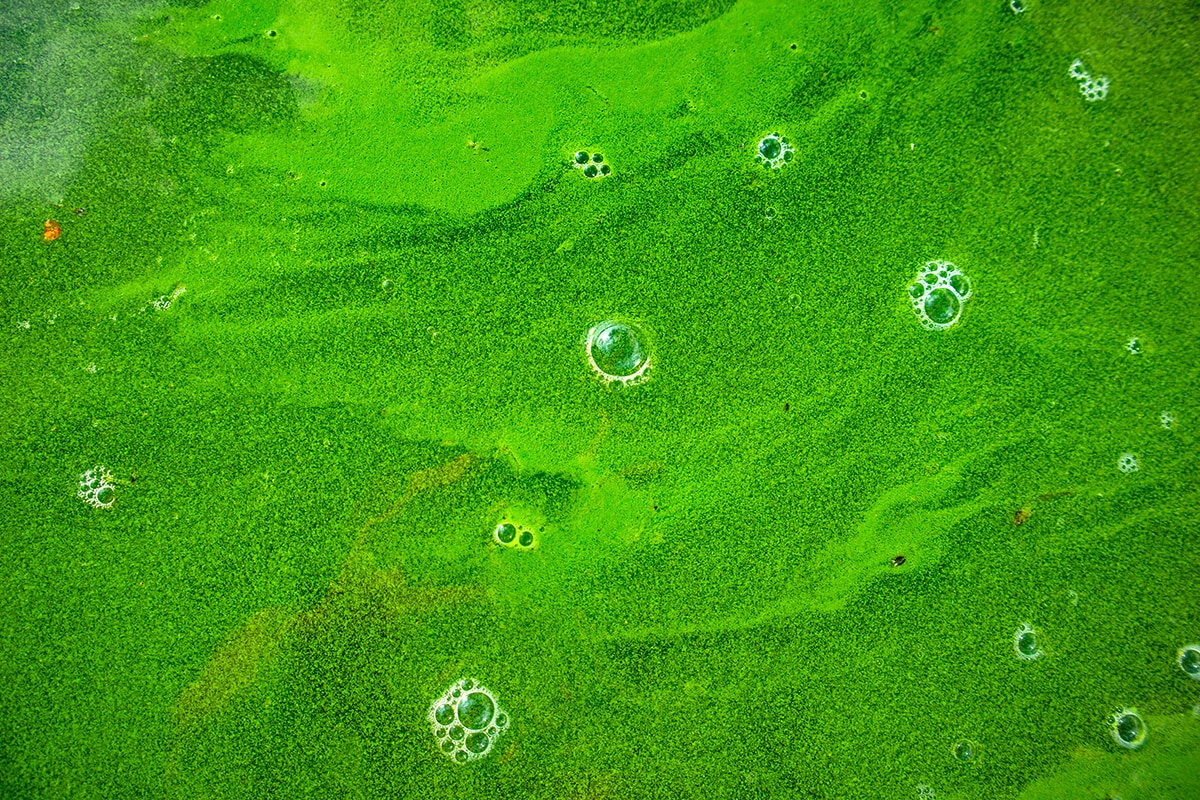
As the bloom dies off, it may smell like rotting plants.
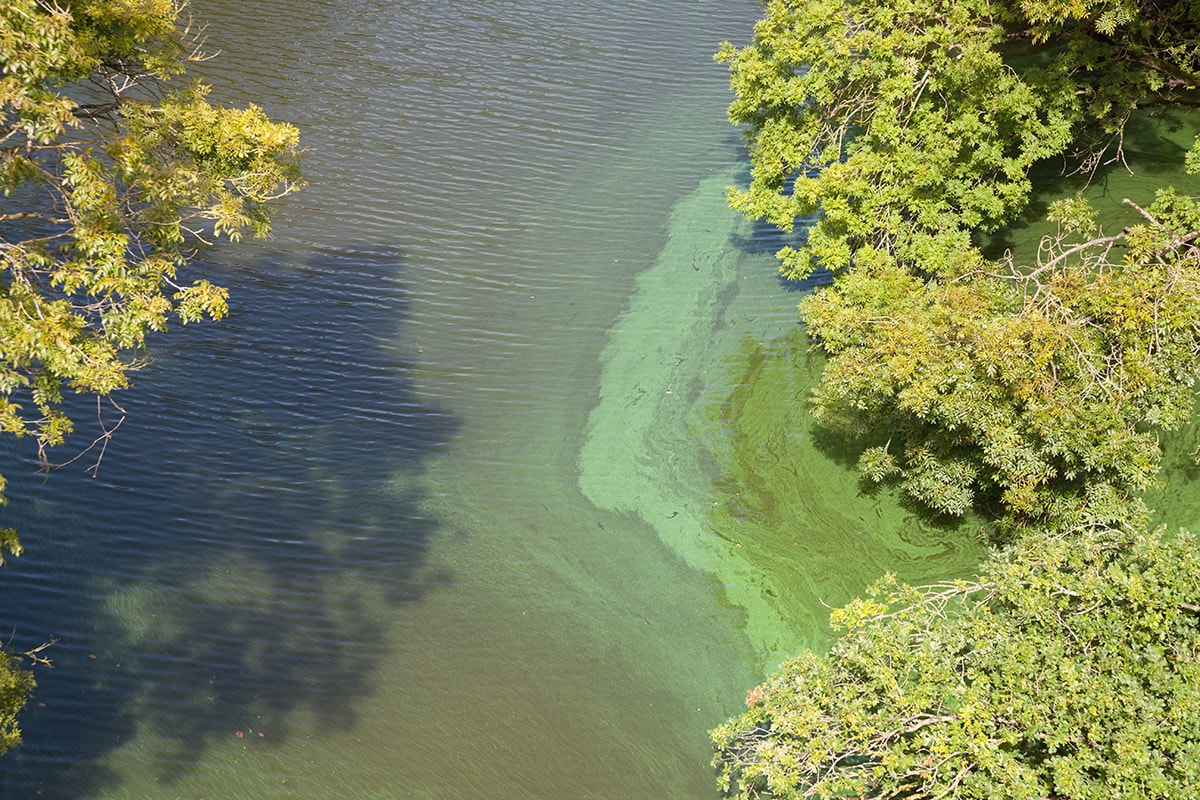
Cyanobacteria bloom more often in summer and fall, but can bloom anytime.
Protect your pets and livestock.
Keep pets and livestock away from water if you see signs of a cyanobacterial bloom, like scum or changes in the water’s color.
If you think there is a cyanobacterial bloom, do not let your pets or livestock do any of the following:
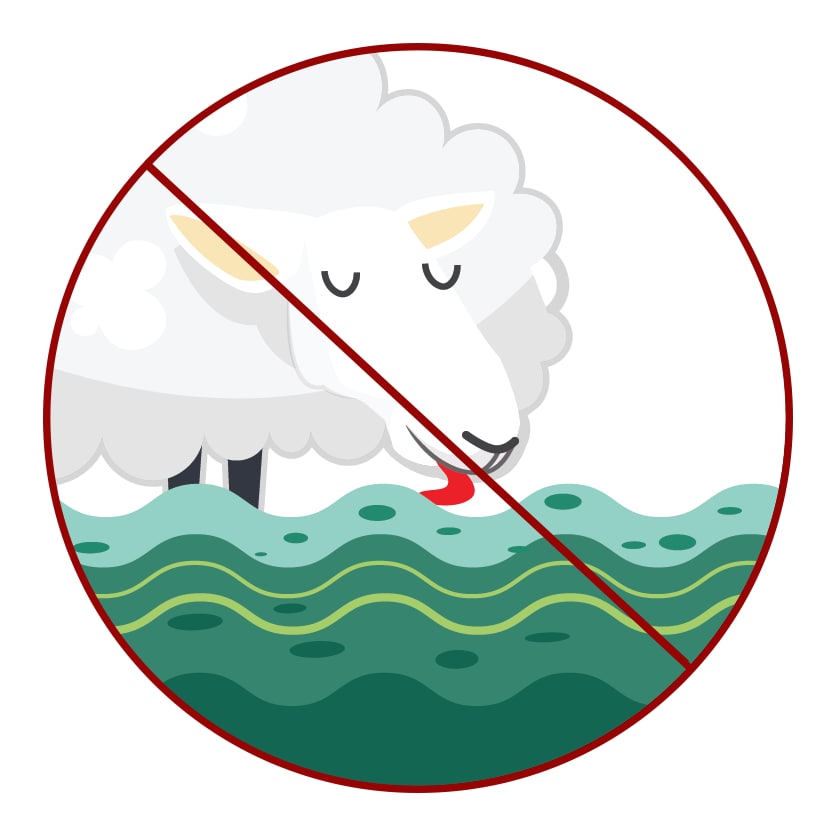
Drink the water
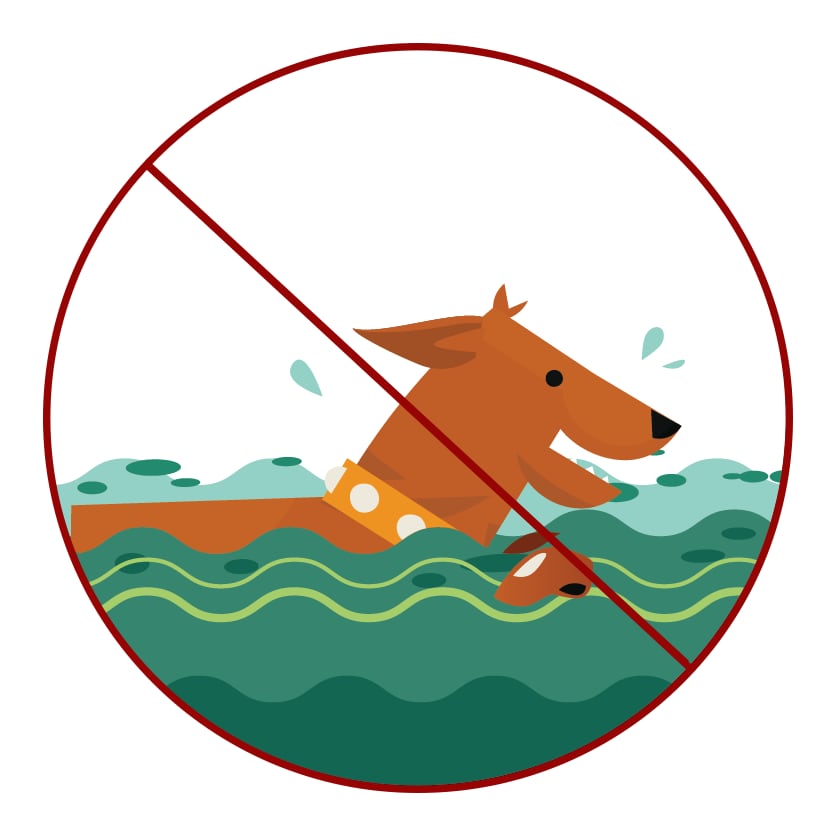
Swim or play in the water
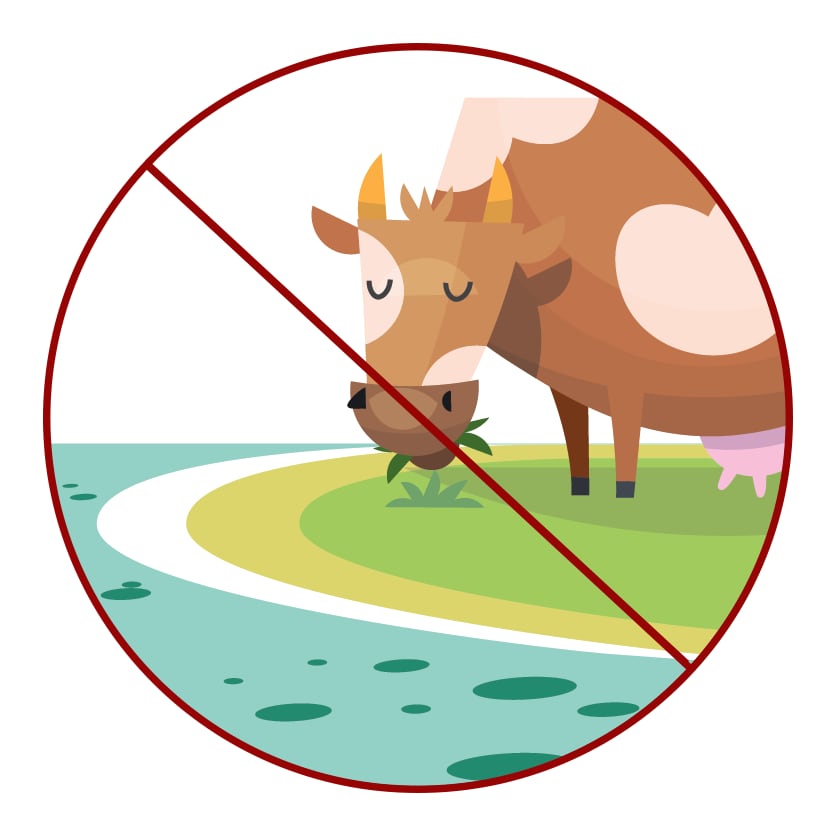
Eat near the water
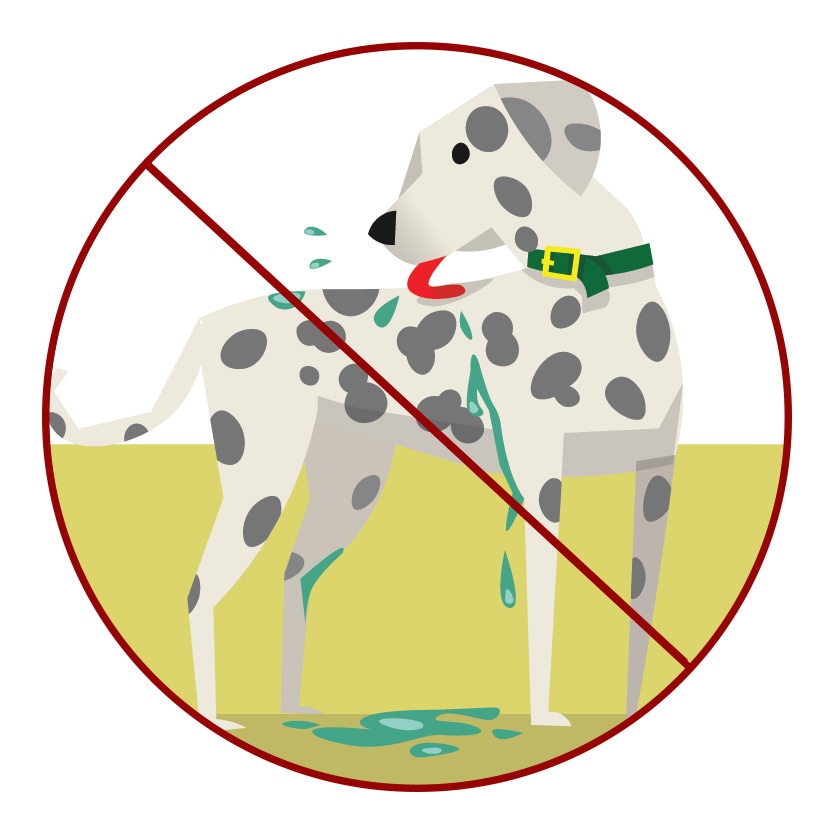
Lick their fur after being in the water
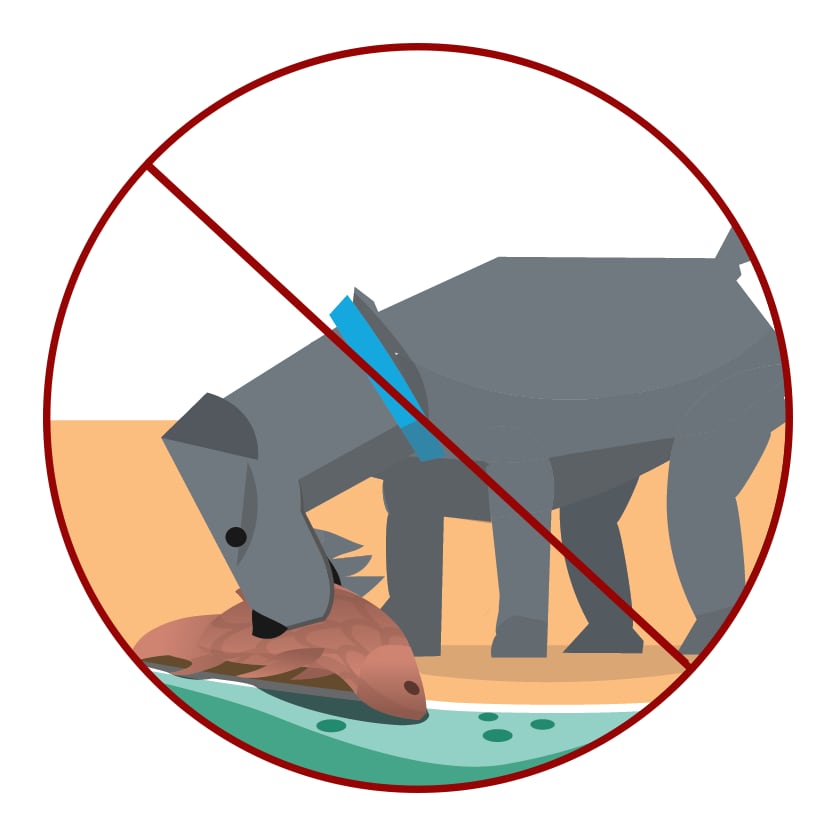
Eat dead animals, such as fish, found near the bloom
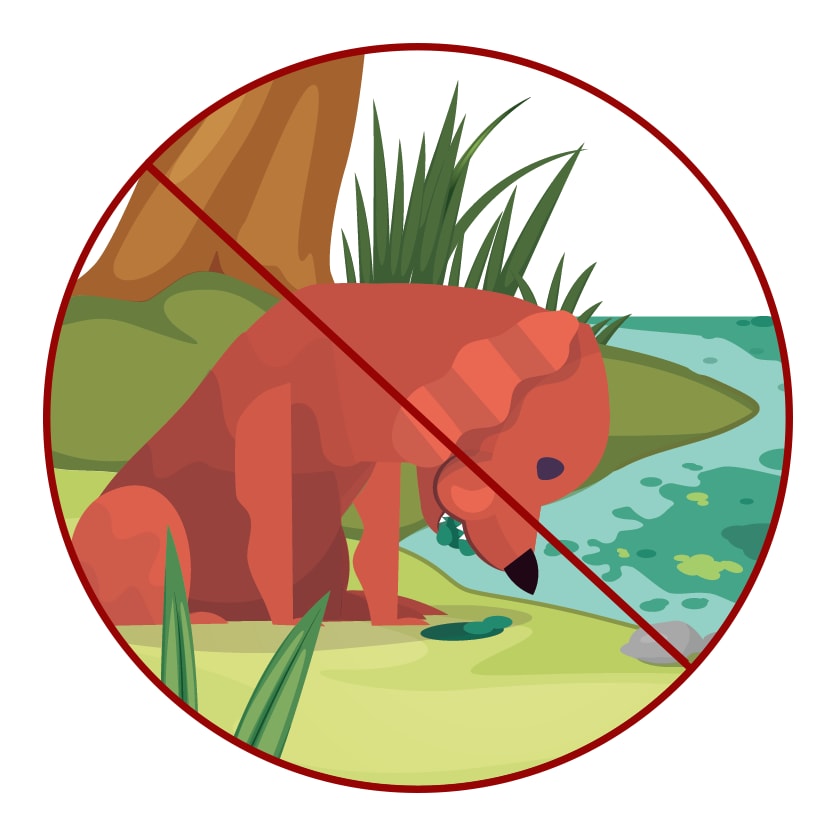
Eat mats of cyanobacteria
Take action if your pets or livestock go near or into water with a cyanobacterial bloom.
- If your pets or livestock have been in the water, immediately wash them off with clean water to keep them from licking cyanobacteria off their fur.
- Call a veterinarian if your animal shows any of these signs
- Loss of energy
- Loss of appetite
- Vomiting
- Stumbling and falling
- Foaming at the mouth
- Diarrhea
- Convulsions
- Excessive drooling
- Tremors and seizures
- Any unexplained sickness that occurs within a day or so after being in contact with water
Call Poison Controlexternal icon at 1-800-222-1222 if you have questions about cyanobacterial toxin poisoning.
Call the ASPCA Animal Poison Control Centerexternal icon at 1-888-426-4435 or the Pet Poison Helplineexternal icon at 1-855-764-7661 if you have questions about your pet or livestock. (Note: There is a fee for these calls.)
Report cyanobacterial blooms or illnesses to your health department online or by phone.
